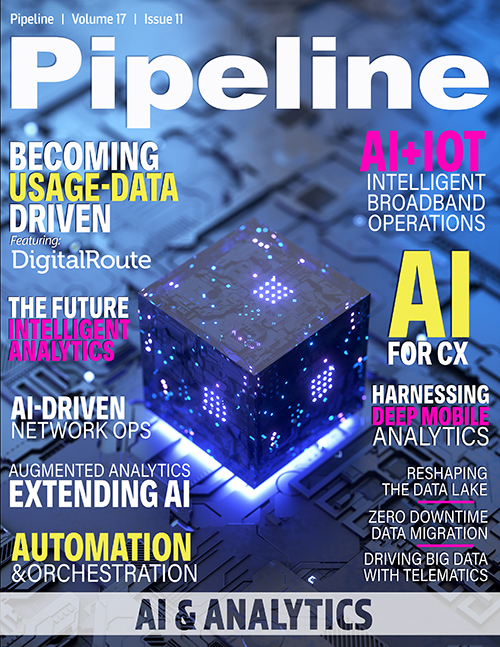The Future of Automation and Orchestration
By: Morgan Stern

According to Gartner, 65 percent of organizations that deployed robotic process automation will introduce artificial intelligence, including machine learning and natural language processing algorithms, by 2022. At the same time, network automation initiatives have begun to mature and expand—moving from automations of common tasks to larger use cases that address multiple technologies and domains, as well as multiple business groups within the organization. These larger automation scenarios require a substantial investment of time, resources, and expenses for proper planning, design, development, testing, and implementation.
To make network management easier and to maximize network automation’s effects on business operations, organizations will need to coordinate activities across their automation, robotic process automation (RPA), artificial intelligence (AI) and machine learning (ML) initiatives. Service providers and enterprises must determine how to integrate all four by applying the optimal technology for each unique business problem to maximize business impact.
Defining automation, RPA, AI, and ML
To best determine the role of coordinating these tools, let’s first identify their exact roles within an enterprise.
Automation is a term used to describe all aspects of programmable approaches to automating network configuration and control. Benefits include centralized management and coordinated execution of changes to network devices and systems, including deployment, operations, and maintenance of network devices and network services. It also provides the execution of simple or complex business processes that require careful attention to order of operations, with a focus on reducing time spent on repetitive tasks and decreasing and eliminating human errors.
Artificial intelligence (AI) is a broad term used to describe techniques to simulate how the human brain thinks, by applying “advanced analysis and logic-based techniques, including machine learning, to interpret events, support and automate decisions, and take actions.” Machine learning (ML) is a subset of AI, where “algorithms are composed of many technologies (such as deep learning, neural networks and natural language processing), used in unsupervised and supervised learning, that operate guided by lessons from existing information.”
Turning to robotic process automation (RPA), Gartner defines this term as “a productivity tool that allows a user to configure one or more scripts (which some vendors refer to as ‘bots’) to activate specific keystrokes in an automated fashion.” This essentially replicates the interactions performed by an application end user or system operator.
To simplify the distinction between these technologies even further, it’s important to understand that network automation is focused on enabling programmable (machine-to-machine) interactions with the network. AI is a blanket term that covers many technologies related to simulated thinking, while ML focuses on using existing data to solve specific problems, and RPA is used to automate end-user interaction with existing applications (people-to-machine).
From task automation to full lifecycle automation
In the early phases of network automation, most of the efforts were focused on simplifying and condensing repetitive tasks to gain efficiencies. Business processes remained largely unchanged, with automation primarily applied to standalone tasks within the process. The impact of these efforts was meaningful for individuals—an engineer could perform 100 assignments in the time it previously took to complete one—but the results were not transformational for the organization. Automation tools are shifting from providing niche solutions for disparate functions to providing robust solutions that allow network operations to be increasingly automated. We describe this as a shift from task-centric automation to full lifecycle automation.
This shift and next phase of automation will require an evolution from task automation to full lifecycle automation and orchestration. This is where the need to coordinate automation, RPA, AI and ML initiatives is critical for continued business success. While



















